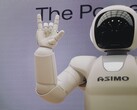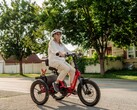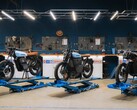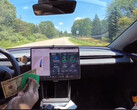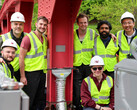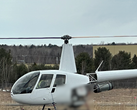NASA researchers are helping to build the foundation for a safe air taxi industry by crash-testing a full-scale model of an electric aircraft. On June 26 at the agency’s Langley Research Center, a team dropped the aircraft body from 35 feet (10.67 meters) to study how its innovative, lightweight materials behave under impact.
This test is a key part of NASA’s mission to support the emerging advanced air mobility industry. By generating public data on crashworthiness, the agency aims to help manufacturers create safer designs and to help the Federal Aviation Administration (FAA) develop the safety regulations needed to certify them for flight.
By showcasing elements of a crash alongside how added energy-absorbing technology could help make the aircraft more robust, these tests will help the development of safety regulations for advanced air mobility aircraft, leading to safer designs. — Justin Littell, test lead.
The test was designed to be particularly rigorous. The team dropped the aircraft with a 10-degree yaw, or twist, to replicate a specific certification condition required by the FAA. The model included energy-absorbing subfloors, similar to the crumple zones in cars, which crushed as intended to help protect the passenger area.
After the drop, researchers found that the material failures they observed closely matched predictions from their computer simulations. This successful validation of their models will help the entire industry evaluate aircraft designs more efficiently. NASA will share all data and insights from the test with the public to enable further research and development before these new vehicles begin flying over communities.








